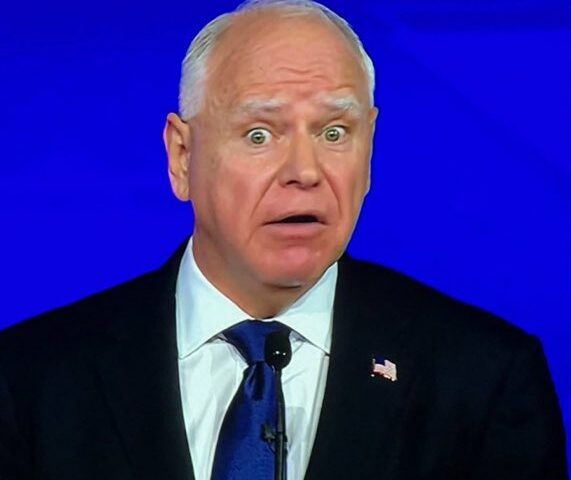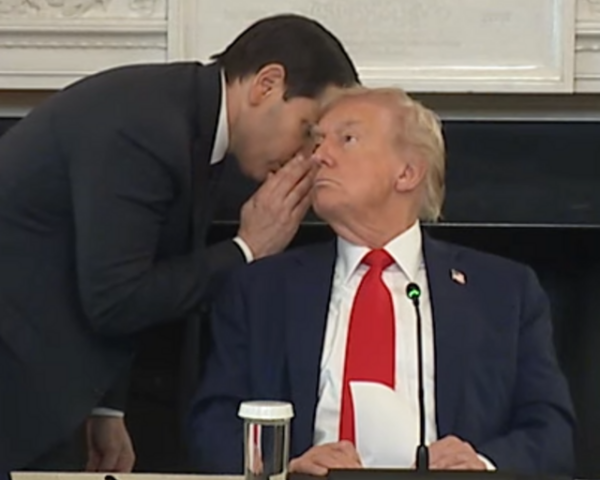Putting more and more pressure on Vladimir Putin and Russia, President Donald Trump on Wednesday announced that India will face a 25% tariff on its exports to the United States beginning August 1, citing a “massive trade deficit,” what he called “obnoxious” barriers to American goods, and India’s ongoing commercial and military ties to Russia. The move marks the latest escalation in Trump’s use of tariffs to realign U.S. trade policy with his administration’s broader geopolitical aims.
In a statement shared on his Truth Social platform, Trump emphasized that while India remains “a friend,” its high tariffs and non-tariff barriers have long discouraged reciprocal trade. “Their Tariffs are far too high, among the highest in the World,” Trump wrote, adding that India imposes “the most strenuous and obnoxious non-monetary Trade Barriers of any Country.” He also took direct aim at India’s defense and energy ties to Moscow. “They have always bought a vast majority of their military equipment from Russia,” he wrote. “They are Russia’s largest buyer of ENERGY, along with China — ALL THINGS NOT GOOD!”
The tariff, slightly lower than the 26% rate Trump imposed earlier this year on what he dubbed “Liberation Day” earlier in the year, falls within the 20–25% range his administration had previously contemplated. The White House did not elaborate on Trump’s reference to an additional “penalty,” which he suggested could follow in response to India’s trade practices and alignment with Russian suppliers, writes CNBC.
The announcement comes amid intensifying U.S. efforts to curtail global trade with Russia, as Trump pushes allied and non-aligned nations alike to reduce their energy and arms dependence on Moscow. Earlier this month, the president floated the idea of secondary sanctions — including tariffs as high as 100% — on countries continuing to purchase Russian oil and gas.
Trump’s action hinges on what he describes as an unacceptable trade imbalance. A trade deficit occurs when a country imports more goods and services than it exports — effectively spending more on foreign products than it earns from selling its own abroad. While some economists argue trade deficits reflect consumer choice and capital investment, Trump has long treated them as symptoms of unfair trade practices that hollow out domestic manufacturing and labor markets.
The president recently gave Russia two weeks to end the war in Ukraine.
India’s surplus with the U.S. — driven in part by its robust exports of pharmaceuticals, textiles, and IT services — has been a persistent irritant in Trump’s economic worldview. By contrast, U.S. exports to India face both high tariffs and a complex regulatory environment.
The announcement is likely to complicate U.S.-India relations at a time when the two countries have sought closer military and diplomatic coordination in the Indo-Pacific. The tariffs may also reignite debate over the costs and benefits of Trump’s confrontational trade strategy, which critics argue could drive up consumer prices and strain global supply chains.
Supporters, however, point to Trump’s framing of trade imbalances as national security issues, allowing him to bypass Congressional approval under emergency economic powers. Whether India will respond with reciprocal measures — or alter its posture toward Moscow — remains uncertain.








